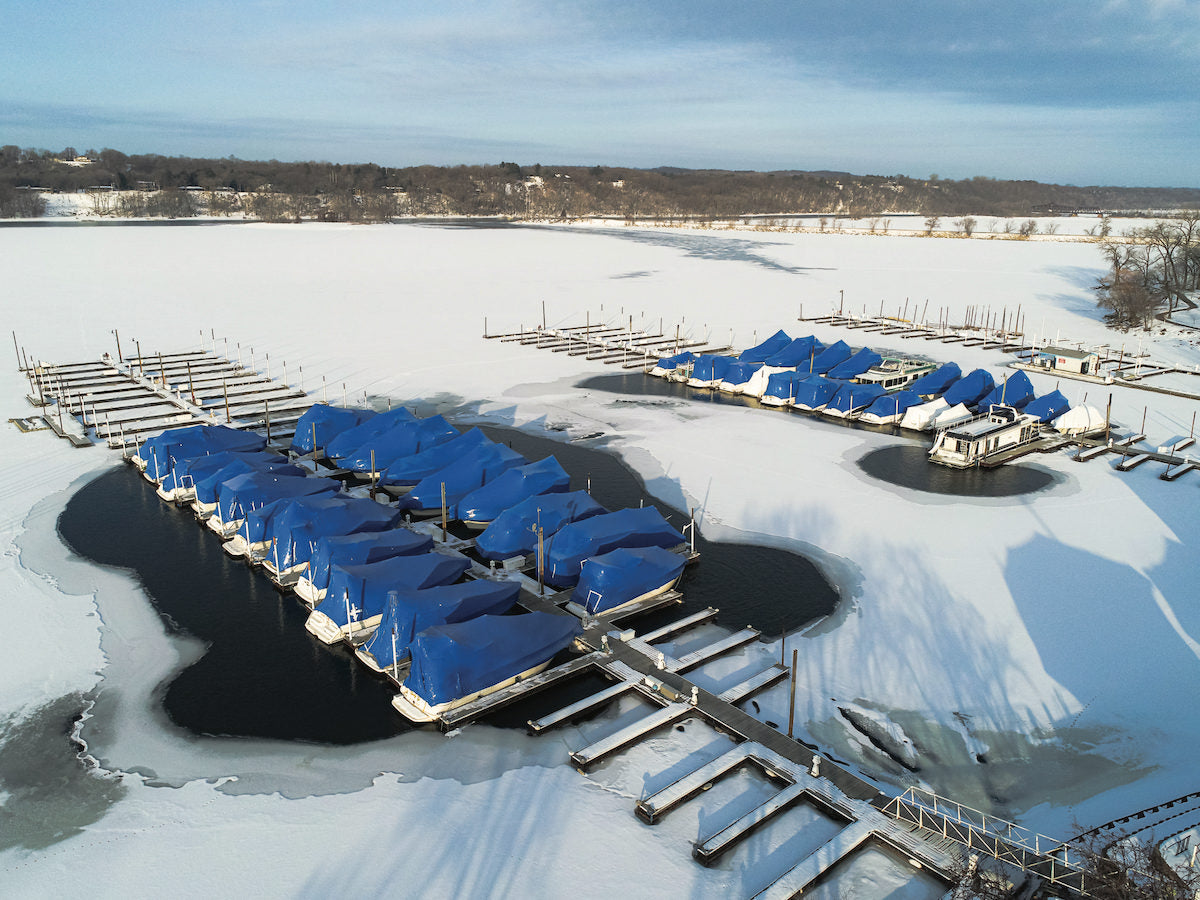
How does a de-icer work?
Discover the myriad ways de-icers can revolutionize your winter experience. Whether you're combating icy patches on your property or ensuring safe navigation on the water, mastering the art of de-icing is essential. Here, we compile some of the most common uses and offer expert advice to help you achieve optimal results.
We're here to address your specific needs and provide tailored solutions.
Exploring De-Icer Applications
1) Shallow Water De-Icing:
De-icing shallow water areas demands a strategic approach. Channel the flow of warmer water from deeper sections into the shallows. Remember, the magic of a de-icer lies in its ability to draw up warmer, denser water from below, preventing ice formation or melting existing ice. Position your de-icer near deeper waters, angling it back towards the shallows, to effectively push warm water towards these areas, thwarting ice formation.
2) Boat De-Icing:
Tackling ice on boats requires finesse. Install your de-icer at or near the bow, directing it towards the stern for optimal results. Larger vessels may necessitate multiple units to adequately de-ice the area, but aligning them with the natural contours of the boat hull is key. De-icers can be conveniently hung from cleats and suspended under the hull. In cases of exceptionally wide hulls, consider suspending units off either side. For deeper waters, diffusers can be positioned directly beneath the hull.
3) Dock & Pier and Shoreline De-Icing:
De-icing docks and piers requires a strategic approach. Angle the de-icer to redirect water flow towards the shoreline, creating a desirable "T" shape de-icing pattern. This configuration extends the area of open water, ensuring ample space around the dock or pier. Alternatively, for shoreline de-icing, opt for vertical installation. Consider installing a curtain in the water to control flow and prevent it from extending beyond desired boundaries.4) Managing Water Fluctuations:
In tidal waters, adaptability is key. Adjust the de-icer's position to account for fluctuating water depths—position it in shallow waters during low tide and deeper waters during high tide. Alternatively, tether your de-icer to a boat or floating dock, allowing it to rise and fall with the tide, ensuring consistent de-icing performance.
Harnessing the Full Potential of De-Icers
Mastering the use of de-icers is crucial for combating winter challenges effectively. Whether you're safeguarding your property or ensuring smooth sailing on the water, these tips empower you to make the most of your de-icing efforts. Embrace these strategies to navigate the winter season with confidence and ease


Leave a comment